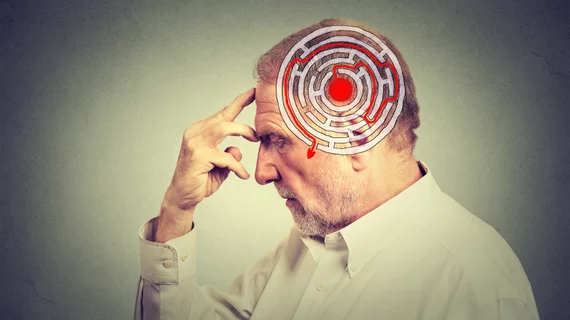3D deep learning shows promise for detecting microbleeds
A three-dimensional (3D) deep residual network accurately detected and classified cerebral microbleeds (CMBs) on susceptibility-weighted magnetic resonance images (SWIs), reported a team of San Francisco-based researchers.
Using previously established algorithms, the team trained and evaluated their method on a dataset consisting of 73 patients with radiation-induced cerebral microbleeds scanned at 7T with susceptibility-weighted imaging.
Overall, the network achieved an average precision of 72 percent, “substantially” higher than any published model, wrote first author Yicheng Chen, with UCSF-UC Berkley’s Graduate Program in Bioengineering, and colleagues. Nearly 95 percent of true CMBs were accurately identified and the number of false-positives were reduced by 89 percent compared to published studies. Chen et al. reported good correlation between the likelihood score predicted by their method and a that of a trained neuroradiologist.
Cerebral microbleeds have become the focus of a number of studies due to their potential as markers of disease burden, clinical outcomes and delayed effects of therapy, the authors wrote. However, manually detecting CMBs is time-consuming and traditional algorithms have fallen short in detection and labeling tasks.
Compared to other deep convolutional neural networks (DCNNs), Chen and colleagues, wrote the size of their dataset was still relatively small. More work lies ahead before DCNNs can become commonplace, they added, but further studies should include participants with more CMBs caused by other diseases.
“As in many applications of DCNNs, our 3D deep residual network approach can accurately detect CMBs, but the network itself lacks transparency,” Chen et al. concluded. “In order for DCNNs to be routinely adopted by clinicians, future exploration of their interpretation is necessary in order to provide a more concrete explanation for the rationale behind different network design strategies and increase confidence in their results.”
Results of the study were published online, Dec. 3 in the Journal of Digital Imaging.

